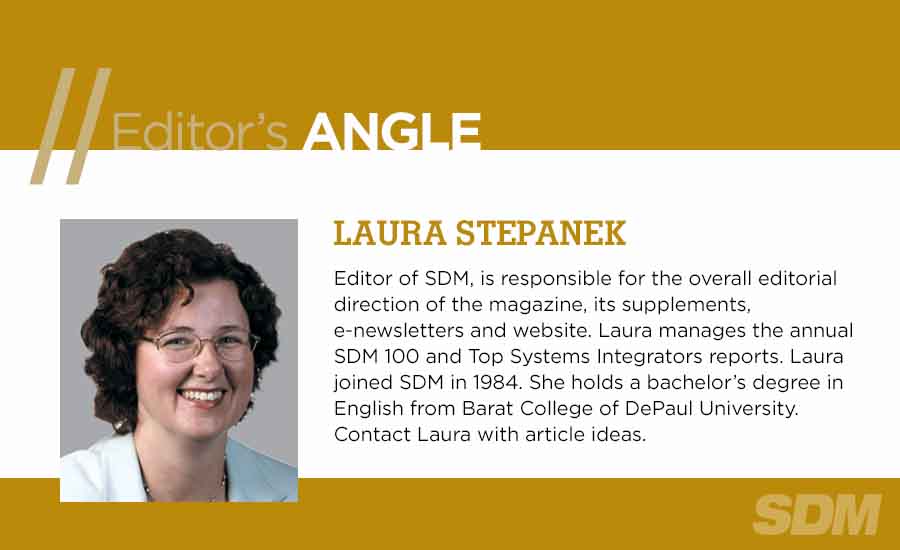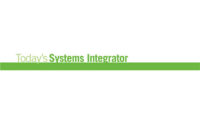Writers are taught to use the most precise words possible, so understandably, a writer’s liberal use of the word “thing” in any one article or essay is frowned upon by journalism teachers. Thus when the term Internet of Thingscame to be widely used, I was delighted by its ability to deliver such a broad and imprecise meaning. It was intriguing, yet ultimately too wide-ranging — just what was this Internet of Things (IoT)?
Turns out I’m not the only one who wonders what IoT encompasses, how it works, and what it will mean in both work and home settings. For anyone interested in the future (and that should be you— yes, even if you’re getting ready to retire), there are many well-researched articles and other resources that define and explore IoT.
For example, Forbes, in its “A Simple Explanation Of ‘The Internet Of Things’” (http://onforb.es/1jmsEkT), published last May, is a good place to start. The author, Jacob Morgan, discusses the “perfect storm” that summoned IoT — a storm whose elements consist of more widely available broadband Internet and the cost of connecting to it; more devices being created with Wi-Fi capabilities and sensors built into them; decreasing technology costs; and “skyrocketing” penetration of smartphones.
The Forbesarticle describes the IoT as “the concept of basically connecting any device with an on and off switch to the Internet (and/or to each other).” Such devices could include consumer products as well as industrial or machine devices. “The IoT is a giant network of connected ‘things’ (which also includes people). The relationship will be between people-people, people-things, and things-things,” the article states.
There are hundreds, if not thousands, of resources when it comes to understanding IoT. But nothing comprehensive had been written about how the IoT interrelates with the physical security industry, so we decided to tackle the subject ourselves.
In this month’s cover story, The Internet of [Security] Things, SDM Senior Editor, Karyn Hodgson, poses the question: “How do you eat an elephant? It is an old joke, but when it comes to the Internet of Things and its potential impact on security, it’s an apt analogy. The IoT is a concept so large and amorphous that even experts have trouble defining it, much less being able to say when it will be here in the security space. Opinions vary from the IoT being mostly hype right now, to it is already here and has been for years under the integration umbrella. But there is one thing virtually everyone agrees on: No one can afford to ignore this growing trend in the consumer space.”
Hodgson spoke to thought-leaders in security, such as Jeremy Brecher of Diebold, Shayne Bates, CPP, of Stratum Knowledge, Rob Martens of Allegion, and Joe Gittens of SIA, who all provided different perspectives that the security integrator can learn from — even when it comes to either how smooth or how chaotic the transition to IoT-based security will be. One thing all agree on is how to maintain the integrity of a security solution in the IoT environment.
SIA’s Gittens had an interesting comment: “Something we have been talking about is the idea that the security industry may actually be one of the first pioneers of the Internet of Things. There are integrators doing this already, taking various devices and connecting them to a system, whether they are connected to the Internet or not. I think the increased urgency in the discussion is the fact that now they are being connected to outside networks for increased value and functionality. That is where it becomes dangerous and integrators need to understand how they can leverage that and still have a secure system.”
This issue of SDMis packed with very informative and interesting articles, but if you could spend the lion’s share of your time on one of them, make it be this one, beginning on page 54. And after you take a few bites of that elephant, please let us know what you think about the IoT by writing to me at stepanekl@bnpmedia.com.
Editor’s Note:
Another great read on IoT is Wired’s article, “The Internet of Things Is Far Bigger Than Anyone Realizes” at http://wrd.cm/1KUV74V.




